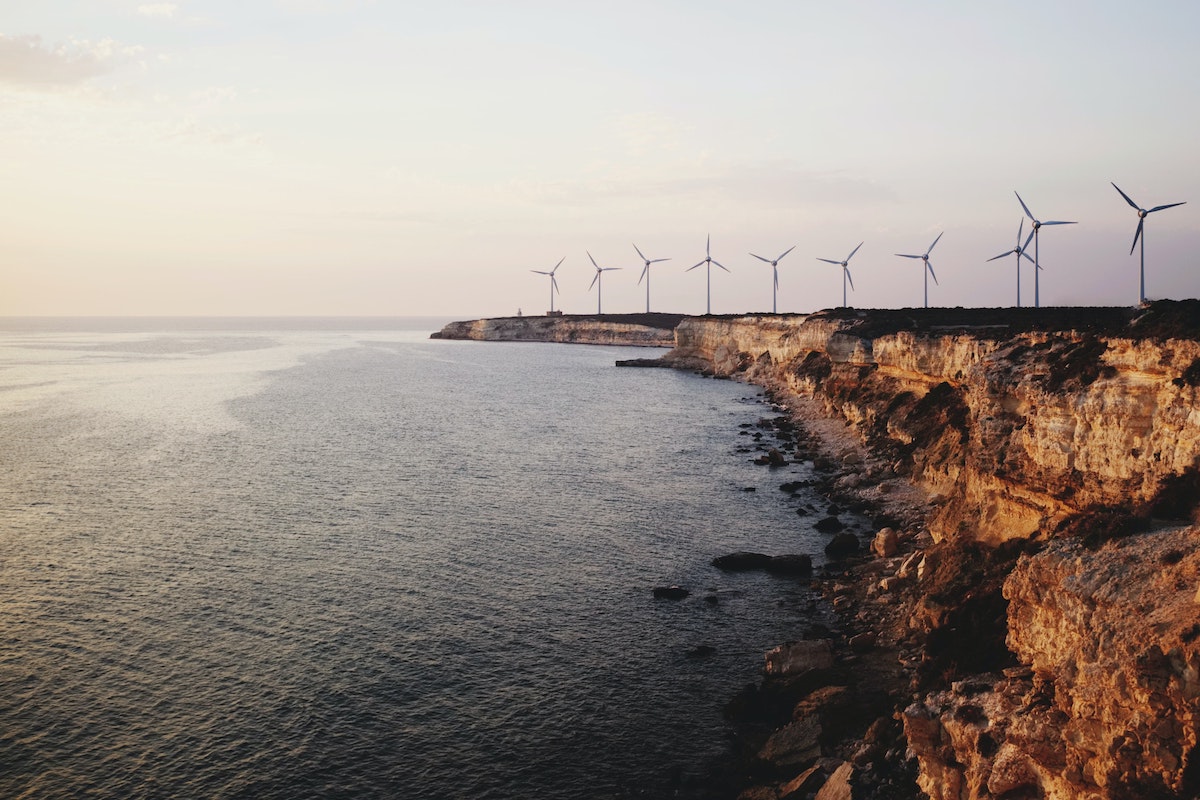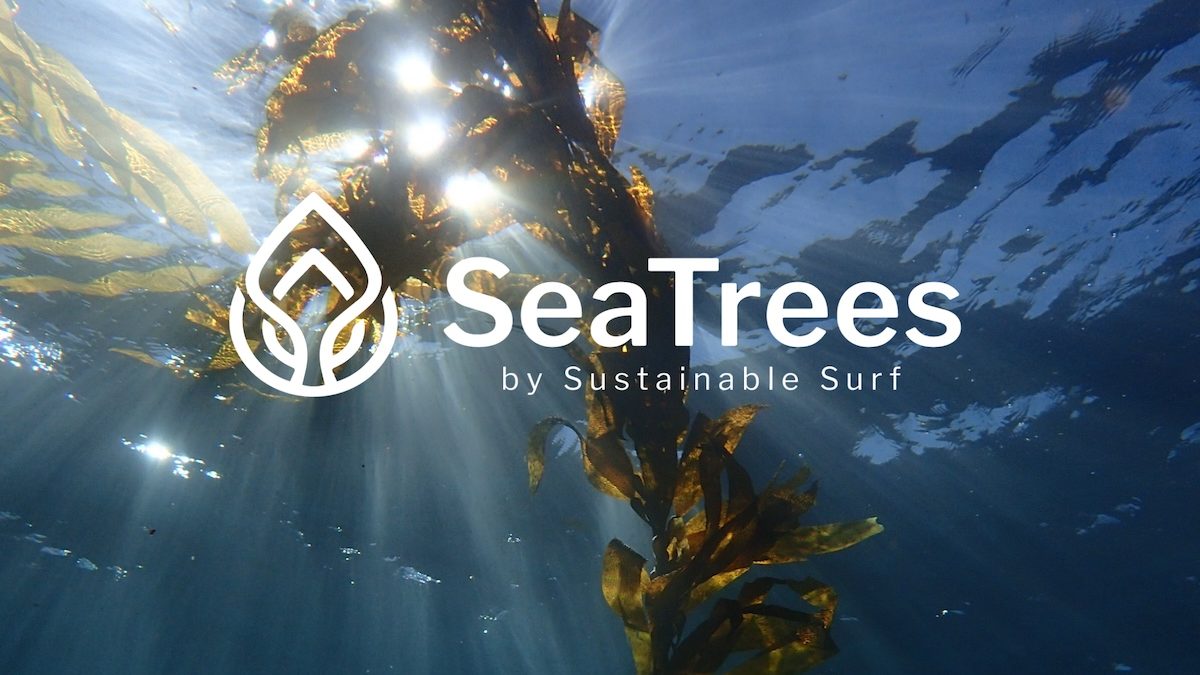What’s the Difference Between Carbon Neutral and Net Zero?

Understanding all the terminology behind climate action is quite the headache, especially when it comes to knowing what is actually being done by the brands you’re buying in the supermarket down to your local government. Two of the most widely used terms are Carbon Neutral and Net Zero; both are often misused interchangeably, but have slightly different meanings, and are different steps on the ladder.
With the help of Emilien Hoet, head of ClimatePartner UK, a sustainability consultancy service that has been helping Form work towards its Net Zero goals, we look at clarifying the meaning behind the two terms.
What Is Carbon Neutral?
“Simply put, Carbon Neutrality is defined as having measured, reduced, and offset your carbon footprint,” says Hoet. “The end result should be to have a balance between caused emissions on the one hand and avoided emissions on the other hand. Thus, neutrality.”
There are three ‘scopes’ you must measure and offset to achieve carbon neutrality. First, you have what is known in the industry as ‘scope one’, which are direct emissions like the carbon emitted by a company’s vehicle fleet, for example. Then you have ‘scope two’ which are indirect emissions like the electricity used in your company’s various buildings. Finally, there is ‘scope three’ which covers an even wider range of indirect emissions like business travel or employee commuting.
In order to claim carbon neutrality you actually only need to offset scope one and scope two. “Today it is generally agreed that this doesn’t go far enough,” says Hoet. “Most consultancies and solution providers in the climate action space, including ClimatePartner, require companies to include several scope three emissions categories and encourage all related emissions along a company’s value chain, including raw materials, production, logistics, and packaging, for example, to be included in the calculations.”

Carbon Neutral is a term used by many brands to showcase their sustainability credentials and commitment to helping the planet tackle the climate crisis, Form included.
The UN itself uses the term Climate Neutrality though, another term that gets jumbled up in the mix. Climate Neutrality applies to all greenhouse gases, as opposed to carbon dioxide only. “Although the UN´s IPCC (Intergovernmental Panel on Climate Change) offers a clear definition for Climate Neutrality,” explains Hoet, “the term Carbon Neutrality is popular in usage, mostly in the context of Net Zero discussions.”
Which takes us nicely on to our next term.
What Is Net Zero?
Net Zero has been less widely achieved across society than carbon neutrality, and as such it’s more likely to be spoken about as an ambitious goal (like here at Form). That’s because it requires a great degree of work and planning to achieve; work that takes years to complete.
So what is it then? Well, Net Zero attempts to raise the standard set by Carbon Neutral and fill in the gaps left by setting a minimum target for carbon reduction that includes a majority of scope three emissions within a set timeframe, as well as gradually evolving your offsetting projects from those which avoid carbon to those that remove carbon.
“Setting a Net Zero commitment starts by taking true responsibility for your carbon emissions and this typically means including at least 66 percent of Scope 3 emissions,” says Hoet. “Reducing carbon emissions to zero, and doing so fast enough, is near impossible for most companies. Offsetting is an important part of the solution and should not be disregarded. Offsetting is sometimes the only aggressive, responsible and useful action companies can take, right now.”
Essentially then, to get to Net Zero, a company needs to be avoiding carbon emissions, offsetting them and then going beyond that to start removing carbon. “The short answer is that all forms of offsetting are needed,” says Hoet. “Additionally, we need to think about the climate crisis through a human rights lens, ensuring that we all benefit equally from the transition to a low carbon economy. Projects which provide employment and clean energy to underserved communities must be an important part of the solution.”
What Is Ocean Positive?
We’re now going to complicate things further by explaining where Form is in this journey. By partnering with SeaTrees — a project run by California-based non-profit Sustainable Surf which protects and restores coastal ecosystems to protect ocean health and fight climate change — Form is now, what is called, Ocean Positive.
Being Ocean Positive means a brand or individual has committed to “wipe out” their climate impact and carbon footprint by supporting SeaTrees projects. Each SeaTrees token purchased is made up of one VCS certified carbon credit from the Southern Cardamom REDD+ Project, four mangrove trees planted in the Biak Island region of Indonesia, and one square foot of kelp restored in Palos Verdes, California. The additional four mangrove trees and one square foot of kelp collectively have the potential to sequester an additional tonne of CO2 over their lifetime.
This means that we’re carbon neutral, but it is also going a little bit beyond that.
The SeaTrees token is made to be inherently regenerative, so that you automatically sequester more CO2 than you emit. As well as eliminating our carbon impact, supporting SeaTrees projects and being Ocean Positive also creates additional positive benefits for both people and the planet. It creates jobs that enable local communities to afford better education, life-saving medicine, and more diverse sources of food.

These ecosystems are crucial nurseries for all sorts of marine and terrestrial animals. Tackling the emission of carbon dioxide from oceans is also doing battle with ocean acidification and ocean warming.
It’s a 360 approach and one we’re fully behind as we settle in for the long haul and aim for Net Zero by 2030. We hope you’ll join us as we work to do our bit in building towards a better future for the planet we call home.


















